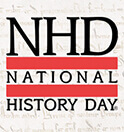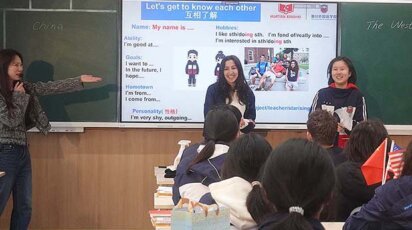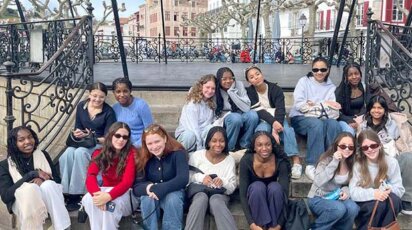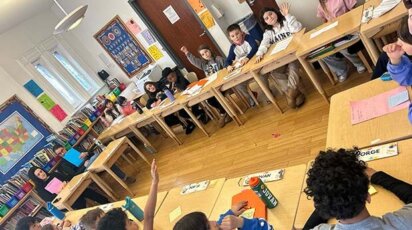News
Poly’s History Club Members Advance
Three of Poly’s History Club members have advanced to the state level of the National History Day competition. On April 1 at 7 PM, they will present their works of original research to the Poly community. This year’s theme is “Communication in History: The Key to Understanding.” A discussion will follow the presentation.
According to their website, National History Day® (NHD) is a non-profit education organization that offers yearlong academic programs for more than half a million students around the world annually in conducting original research on historical topics. The National Contest is the final stage of a series of contests at local and state/affiliate levels. Top entries are invited to the state/affiliate level contests. The top two entries in every category at the state/affiliate level are then invited to the National Contest. The 2021 National Contest will be held in June 2021.
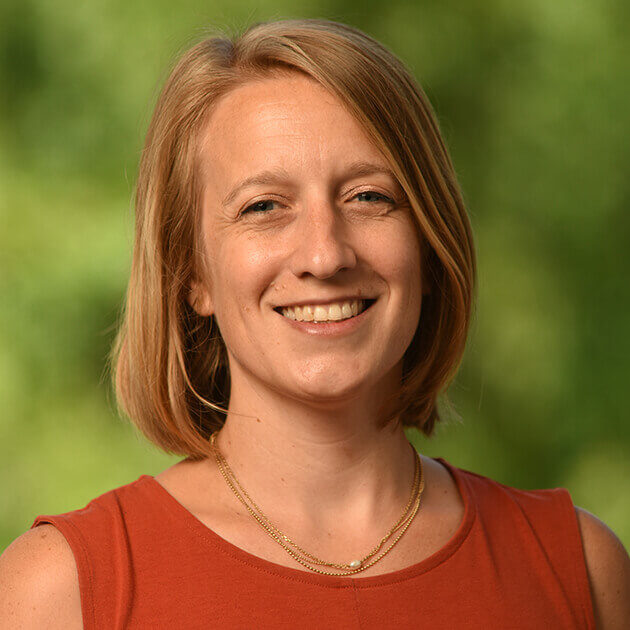
All three students submitted their projects to the citywide competition before moving up to the state competition.
“We decided to do this showcase of their research projects in part to have a moment of celebration,” said Dr. Virginia Dillon, “and also so that the students could share their excellent work with the Poly community. The students of the History Club have been producing impressive works of historical research for several years. Normally, the citywide competition is a day when they get to present their work to judges, respond to questions, and have a final awards ceremony and celebration. Since that event couldn’t happen this year due to COVID, we decided to host our own with the added benefit of being able to invite Poly students and faculty!”
First Female Presidential Candidate Victoria Woodhull
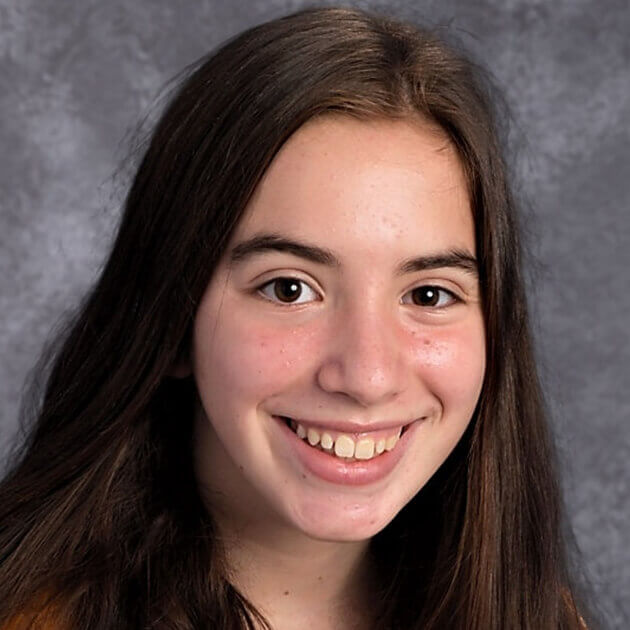
June Dorsch ’23 chose to research Victoria Woodhull, the first female presidential candidate in the United States who ran in 1872. “I researched the nineteenth-century spiritualist movement and suffragist movement as well, but I focused on how Woodhull used her candidacy’s platform to communicate issues she cared about, for example, free love, women’s suffrage, and women’s equality,” said Dorsch. “I used her speeches from this time to understand what her issues were, what her proposed solutions were, and how she incorporated them into her campaign.” she said. Dorsch found most of Woodhull’s speeches collected in a book. “I also found a few from researching cartoons of her, which would sometimes have segments of her speeches attached below them,” she explained.
“I am excited to share this story about this forgotten woman, who fundamentally progressed American politics, yet was a very nuanced and sometimes problematic figure,” Dorsch said. “I was surprised there was a woman running for president in 1872 in the first place, almost half a century before women could even vote.”
The Cherokee Syllabary and the Trail of Tears
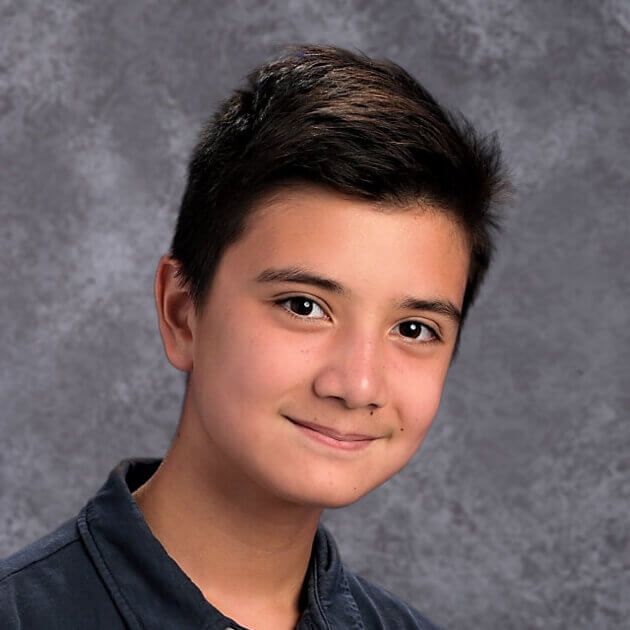
William Ling-Regan’s ’24 project is “Talking Leaves: The Cherokee Syllabary and the Trail of Tears.” “It’s about the creation of the Cherokee written language,” said Ling-Regan, “and its use during before, during, and after the Trail of Tears, which was the forced removal of the Cherokee from their homeland by the U.S. government.”
“The Cherokee syllabary is the first written language of a North American Indigenous tribe, and its history tells us a lot about the importance of communication in history,” he explained. “Thanks to their written language, the Cherokee were able to communicate with one another, hold their government accountable, and create written laws, actions that were incredibly important to the history of the tribe and America at large.”
“I’m excited to share my research with the Poly community,” Ling-Regan said, “as it discusses often forgotten moments in our country’s history. Far too often, American history classes and books gloss over or ignore both the innovations of Indigenous people and the pain and oppression our government inflicted on them. I’m proud that my work is a step toward correcting this omission and making sure everyone knows the remarkable history of the Cherokee syllabary.”
Mathematician Claude Shannon, Creator of Field of Information Theory
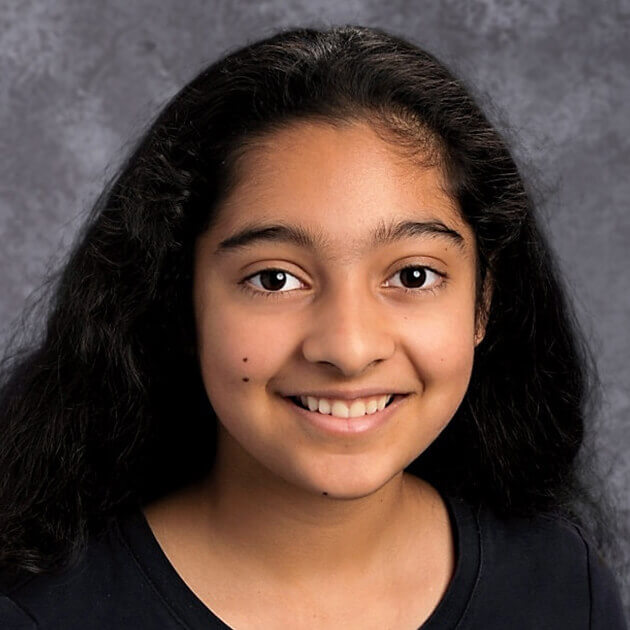
Marisa Triola ’24 researched Claude Shannon’s relation to digital communication. “Shannon was a mathematician and electrical engineer,” Triola said, “who was one of the first to explore the vast amount of possibilities of how binary could be used to convey more information than just 1 and 0.”
She focused on Shannon’s advancements and discoveries and the precedents that he set. “Shannon’s own discoveries ranged from cryptographic systems in World War II to a mechanical maze solving mouse whose algorithms would be referred to today as deep learning. Shannon created the field of information theory, the foundation of how modern computers operate. Most of Shannon’s discoveries were published between 1940 and 1960. I was surprised to discover that Shannon did not research electrical engineering and mathematics because it was his job, but because he truly loved to learn. He did not care about his impact or legacy. He would often create machines and algorithms for his own enjoyment. I was especially surprised that Shannon incorporated juggling, another one of his interests, into many of his machines.”
Triola said she is excited to share her research with more people “because Shannon’s story is often left out when speaking about the history of computers. Shannon was modest about his work, but the concepts that he developed are crucial to modern digital communication.”
The Poly community is invited to view the presentation by History Club members June Dorsch ’23, William Ling-Regan ’24, and Marisa Triola ’24 on Thursday, April 1 at 7 PM. Please log into the Parent Portal and check your email for the Zoom link.
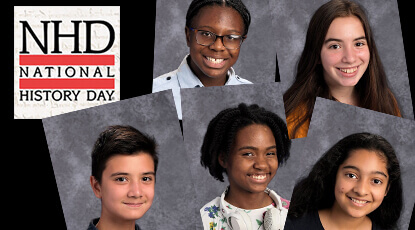
Read more about Poly’s History Club and their success in National History Day competition.

